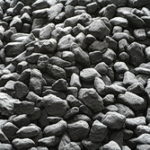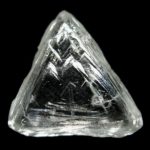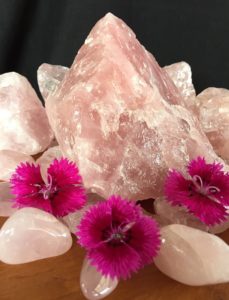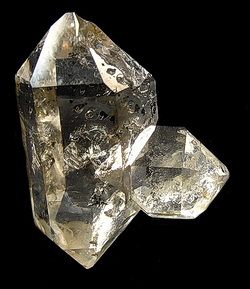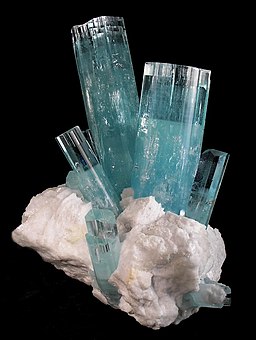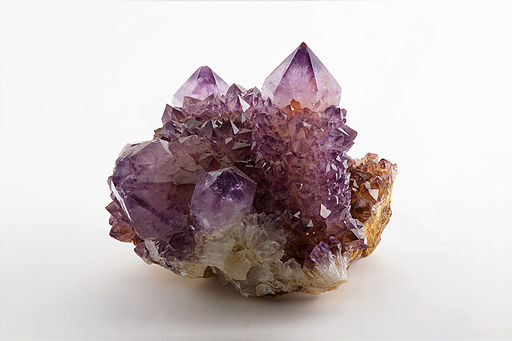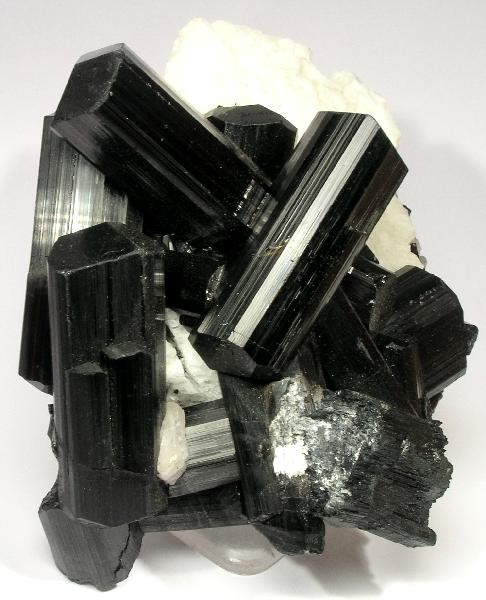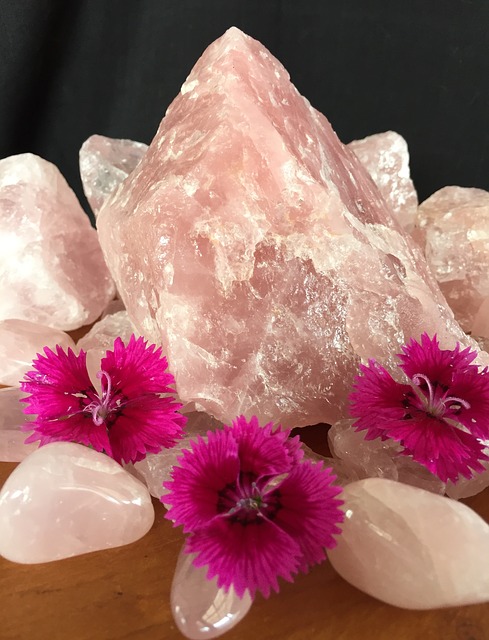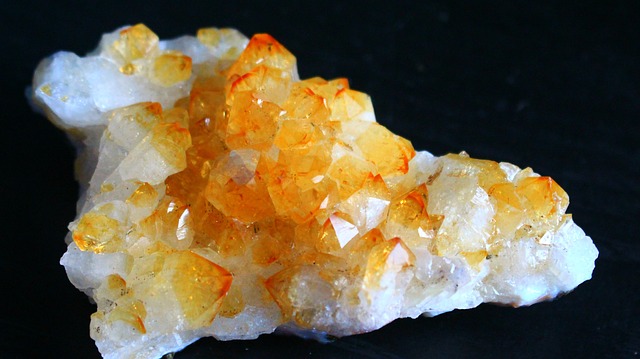 You would certainly not like it if your identity is taken by someone else even by mistake. Spinel would feel the same way if it was a living being. Spinel is a gemstone that has been around for centuries and also has a great demand as a precious stone but under other identities. Gemologists have noted that spinel has been used in many historic and prized ornamental items but wrongly attributed as a ruby or sapphire.
You would certainly not like it if your identity is taken by someone else even by mistake. Spinel would feel the same way if it was a living being. Spinel is a gemstone that has been around for centuries and also has a great demand as a precious stone but under other identities. Gemologists have noted that spinel has been used in many historic and prized ornamental items but wrongly attributed as a ruby or sapphire.
Color: The Primary Reason behind Incorrect Identification for Spinel
Hundreds of years ago, when people were not able to identify gems on the basis of their physical and chemical properties, color was the only feature that would help people in differentiating various gemstones. Among gem traders, all sparkling red stones were rubies and all deep and pure blue gemstones were sapphires.
It is important to mention that spinel is a gemstone that exists in both colors. For that matter, red and blue specimens of spinel were treated and used as rubies and sapphires, respectively. Both of these infamous gemstones actually belong to corundum family, an aluminum oxide mineral found in nearly every type of rock formation.
Geological Sites of Spinel Deposits
Like corundum, spinel is an oxide mineral, formed through the same process. However, this gemstone is found in slightly different geological sites as compared to corundum. Geologists have identified three common sites from where spinel is usually excavated or obtained.
- Spinels are found in alluvial deposits, which look like pebbles. They actually end up down the stream from the water coming out of spring sources and other water reservoirs. These spinels actually break away from rock formations because of the pressure of water torrent exerted on the large stones. Many of the spinel specimens used as a ruby were actually found in alluvial deposits.
- Some of the spinel deposits are also found in igneous rocks in the form of randomly-shaped grains.
- Spinels are also formed as crystals in dolomite and limestone deposits after they have undergone contact metamorphism.
Difference between Spinel and Corundum
With technological progressions leading to better tools and techniques in the field of geology and gemology, it has now been firmly verified that spinel is fairly different from ruby and sapphire. Let’s have a look at the characteristics through which one can tell spinel apart from corundum minerals.
Chemical Composition

Crystal Lattice
The microscopic crystal lattice of both minerals is different. The addition of magnesium converts spinel’s crystal plane into an isometric form. On the other hand, sapphire and ruby remain hexagonal at their molecular crystallization.
Geometrical Shape
Gemologists have also found out that spinel and corundum gemstones are dissimilar to each other by their geometrical shapes. When faceted and treated, corundum specimens usually come out in the shape of a prism or hexagon, whereas spinel specimens transform into dodecahedrons or octahedrons.
Hardness
Sapphire and ruby are slightly harder than spinel. The Mohs hardness of spinel usually lingers between 7.5 and 8 while corundums are 9 on the scale.
Historically Famous Spinels with Mistaken Identity
As mentioned earlier, spinels have been treated as other precious gemstones throughout history. Here, we are going to discuss a couple of famous ones.
The Timur Ruby
Timur Ruby is one of the most famous spinels with a mistaken identity. It was found from Afghanistan during British rule in India during the 17th century. It is believed that it originally belonged to the collection of Timur the lame, the famous Turco-Mongol emperor of the 12th century. In 1849, the stone was presented to Queen Victoria by the East India Company with many other precious stones. It was later appended in the necklace of the Queen. Right now, this spinel known as ruby is a part of British Royal Collection.
The Black Prince’s Ruby
This is another famous spinel being mistaken as ruby. As historians cite, the first known owner of this 170-carat sparkling red spinel was the Moorish Prince of Granada during the 14th century. From then on, the stone saw many owners and eventually ended up as the crown jewel of the United Kingdom. Currently, it is affixed on Imperial State Crown of the Kingdom sharing the space with infamous Cullinan II, a diamond weighing more than 3,000 carats.
Spinel as Gemstone
Now when identifying gemstones has become rather easy, spinels of different colors are popular among gem lovers. Yes, spinels also have colors other than red and blue. Pink, purple, orange and colorless spinel variants also exist. Nevertheless, red and blue spinels are still more popular because of their resemblance with ruby and sapphire.
Red and Blue Spinels are Rare
Red and blue spinels are rare, so much so that they are even less abundant than the real rubies and sapphires. But this rarity doesn’t translate into a hefty price tag. This shows that the rarity of gemstone doesn’t always dictate its price. Apart from blue and red variants, spinels with red and orange shades also get some traction in the gem industry. In general, gem-grade spinels are not extensively prospected and mined. For that matter, jewelry trade doesn’t promote the stone like other popular gemstones.
Birthstone for the Month of August
In order to spread the awareness regarding the frequently overlooked stone of spinel, the groups Jewelers in America and the American Gem Trade Association declared spinel as the gemstone for the month of August two years ago. Now peridot and spinel share the status of August Birthstone. Inclusion in the list of birthstones will definitely provide spinel with the much needed continuous promotion.
Before we wind up the article, it is worth mentioning that spinel is also produced synthetically. It has a similar chemical composition as the real specimen but not produced for the gem and jewelry industry. It is majorly produced to be used as refractory on metallic tools.

